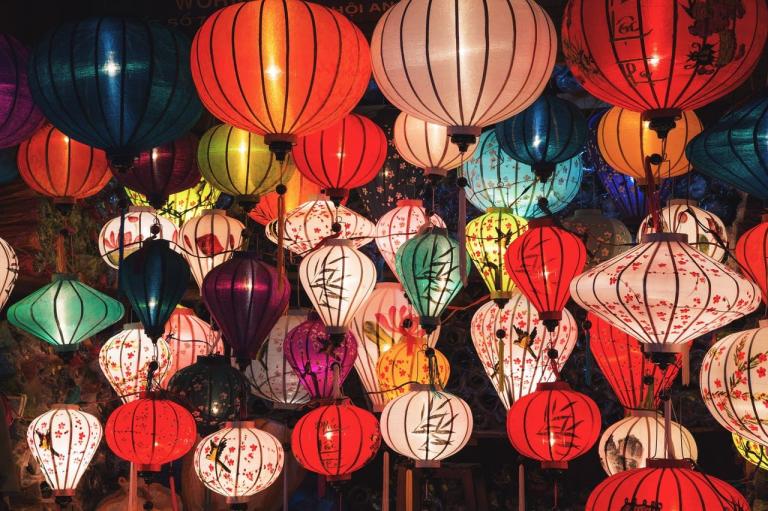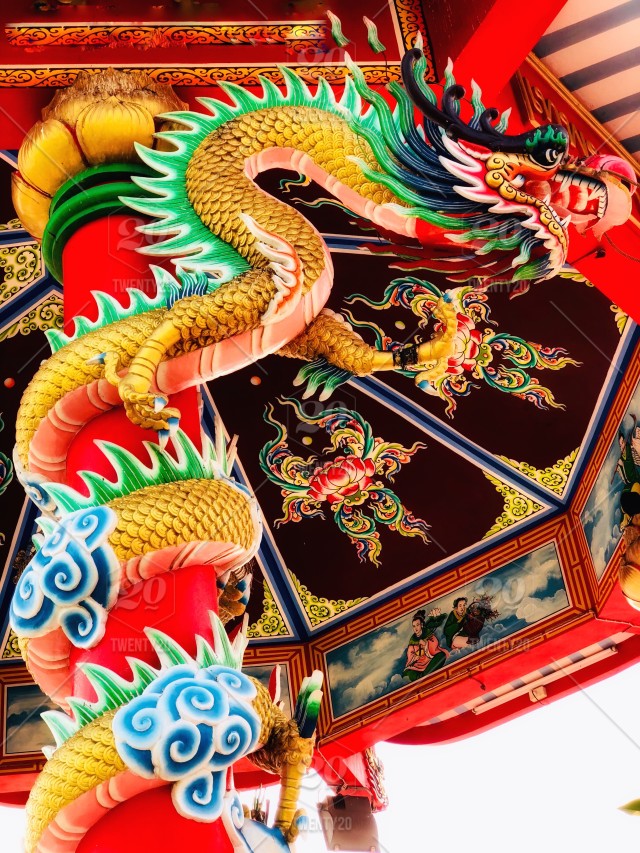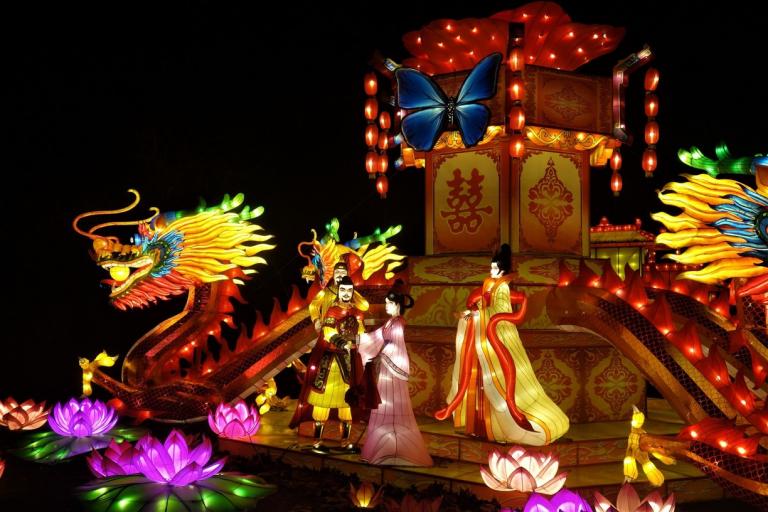Colorful Culture in china
2 min readBased on more than 2,000 years of history,Gubeikou has formed a colorful and distinctiveculture. Cultural attractions can be foundeverywhere within its natural landscapes – themost famous of these are the “Three—BoreholeWell,” the “Three Temples in Two Steps,” and the“Glazed Screen Wall.”

The Three-Borehole Well dates backcenturies. It is said that one year during the 18thCentury, on a tour back to Beijing from theimperial summer resort in Chengde, the QingEmperor Qianlong stopped for a break inGubeikou. When he drank water drawn from thewell, the emperor sensed varying tastes, but hisofficials did not. One exception was Minister HeShen, who echoed positively. So, the emperorordered He Shcn to draw water from the well forall the officials and soldiers. He Shen had nochoice but to follow the instruction, workingthroughout the night to the point of exhaustion.
The Three Temples in Two Steps refers to the Temple of Guan Yu, the Temple of theMedicinal God, and the Temple of Bodhisattva constructed within one courtyard,demonstrating a peaceful coexistence of Buddhism and Taoism. The Glazed Screen Wall bythe Imperial Path is considered a masterpiece of architecture and art, on which two dragonsplaying with a pearl come alive within the exquisite design.
Particularly notable among the cultural heritages of Gubeikou is the Temple of YangJiye. A highly revered general of the Song Dynasty (960-1279), Yang Jiye committed suicideafter being defeated near [.11ng Stele. Admiring Yang’s heroic spirit, his enemy, EmperorTaizu of the Liao, built a temple here to honor him and his sons. Up until the early 20thCentury, the temple was very dilapidated. When General Feng Yuxiang was stationed inGubeikou for national defense, he repaired the temple at his own expense. However, thetemple was unfortunately damaged again in the late 20th Century. In recent years, thegovernment of Gubeikou Town has not only renovated the temple, but has also re—erectedstatues of the heroic generals of the Yang Family, and added images of She Taijun, Mu Guiying, and other female generals of the Yang Family.

It is said that a tomb of Yang Qilang, the seventhson of Yang Jiye, was built on Wohu Mountain in HexiVillage, Gubeikou Town. Legend has it that after beingshot dead by Pan chmei, Yang Qilang was torn apartby five horses, and one of his limbs flew against theriver current to send a message to his father and brothersin siege. When his limb reached Gubeikou and wasdiscovered by the locals, it was laid out on the bank forpreservation. The villagers then built a tomb and templein honor of this heroic general.









